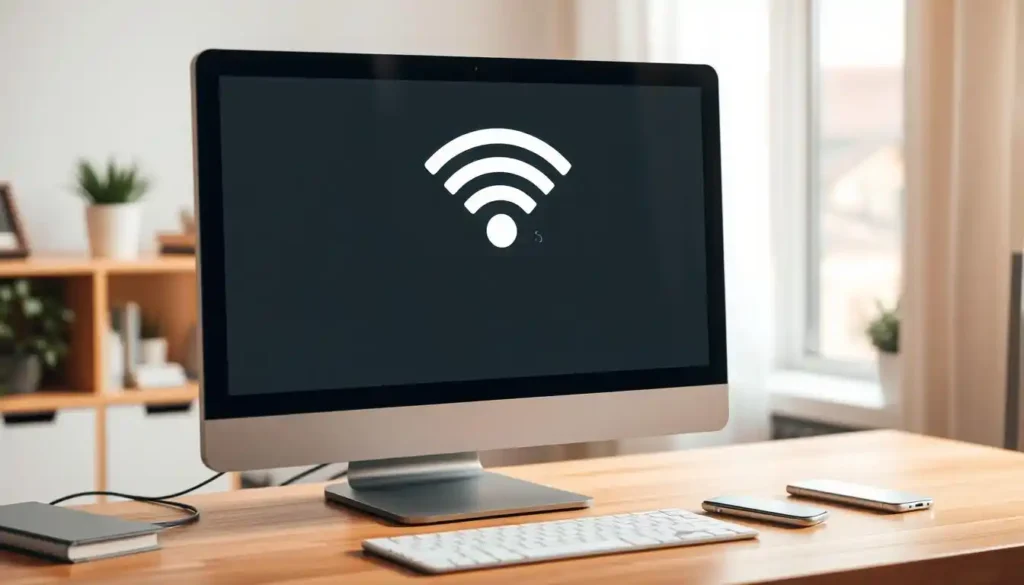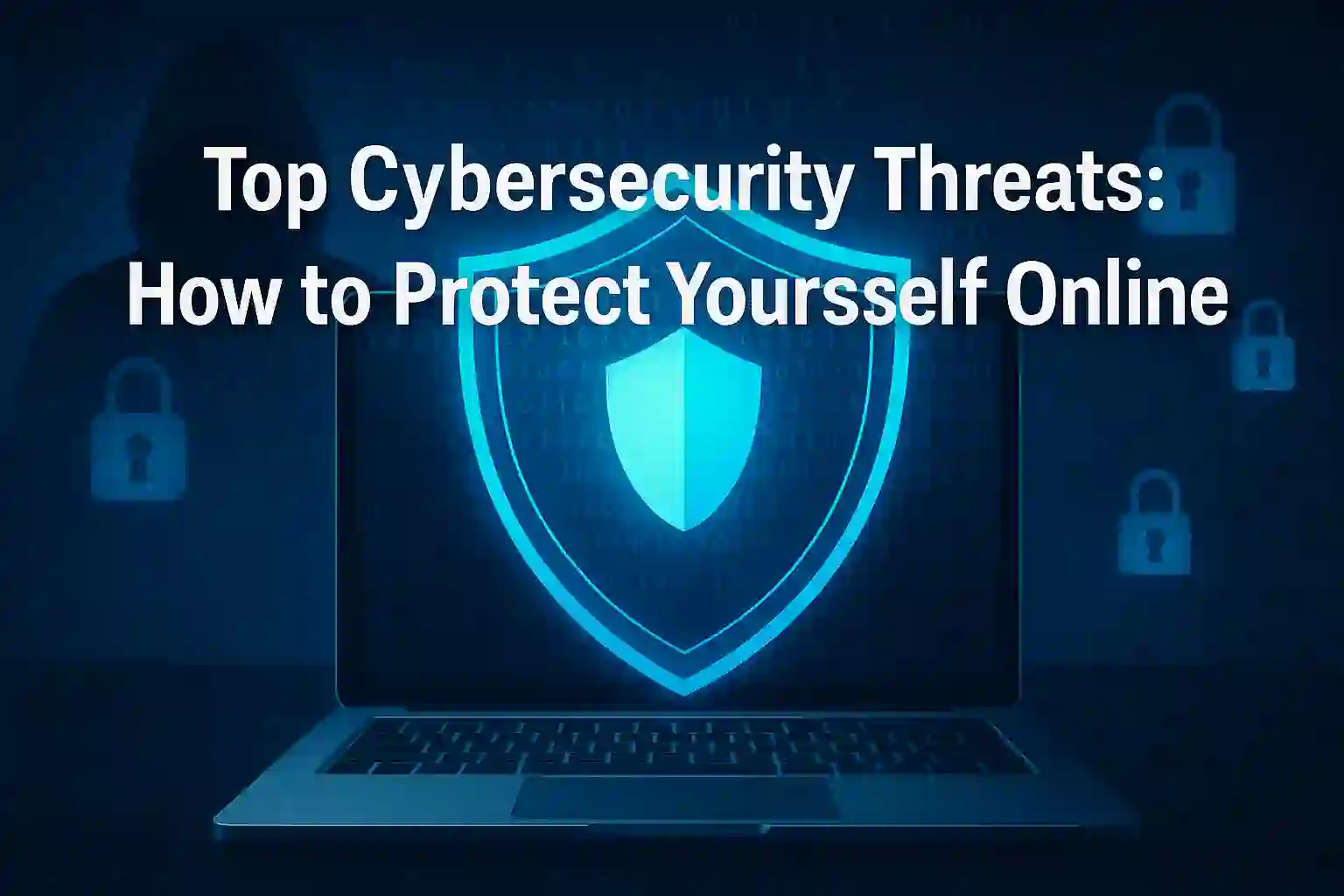Wi-Fi Connected But No Internet? 11 Easy Fixes for Any Device
Did you know nearly one in three people in India face the “wi-fi connected but no internet” issue weekly? It’s puzzling when you see your device’s bars but can’t load a webpage.
This guide uncovers the reasons behind these connectivity drops. It reveals how small router issues, outdated software, and missed firmware updates can cause problems. We’ll show you simple ways to fix these issues.
Having internet is key for work, shopping, and learning online. So, it’s good to know you can fix common problems easily. Let’s get back to a stable connection.

Table of Contents
ToggleThese fixes include router resets, checking device settings, and quick checks anyone can do. They aim to get you online quickly. After going through these steps, you’ll know how to keep your Wi-Fi stable.
Key Takeaways
- “Wi-fi connected but no internet” happens when hardware or software settings clash.
- Power-cycling your modem and router often fixes temporary glitches.
- Updating network drivers can smooth out device-specific snags.
- Security software may block browsing until it’s briefly turned off.
- Router firmware updates and DNS changes boost stability.
- Simple checks, like moving the router, increase signal strength.
- It’s easy to regain control once you know the right steps.
Understanding Why “No Internet” Occurs Even When Wi-Fi Is Connected
Some networks show full signal bars but can’t load a webpage. This problem often comes from IP conflicts, DNS server issues, or outdated firmware. A router might be set up wrong or blocked by an Internet Service Provider glitch.
Older hardware can have system setting problems. Newer devices might have software issues that aren’t noticed.
Hardware problems, like a failing antenna or damaged parts, need a detailed fix. Software issues include driver problems or hidden firewall rules that block traffic. Each problem has its own fix to solve the “no internet” issue.
| Common Cause | Potential Impact | Suggested Action |
|---|---|---|
| IP Conflict | Multiple devices competing for the same address | Assign unique IP or renew DHCP lease |
| DNS Server Error | Inability to resolve domain names | Switch to a public DNS or reset DNS settings |
| Outdated Router Firmware | Frequent drops and sluggish performance | Update firmware through router dashboard |
Looking at these common causes helps users find the root of the problem. This saves time and reduces the need for trial and error. It’s a step towards a stable internet connection.
READ ALSO – How to Boost Wi-Fi Signal Without Buying a New Router: 11 Proven Tips
Quick Router and Modem Checks
Even when devices show a strong signal, they might not load websites. Checking routers and modems can uncover hidden problems. This is a key first step in fixing troubleshooting wi-fi connectivity issues.
Power-Cycling Your Router
First, unplug the router’s power cable. Then, wait a bit before plugging it back in. This clears out any bugs and refreshes the system. Often, a simple reboot can fix a connection that seems dead.
Verifying Physical Cable Connections
Loose cables can cause big problems. Make sure all cables are securely plugged into the right ports. This ensures data flows smoothly without any hiccups.
Ensuring Firmware Is Updated
Router makers often update firmware to fix bugs. Check for updates on the manufacturer’s website or use the setup tool. Keeping your firmware up to date can improve performance and help with troubleshooting wi-fi connectivity.
Updating Network Drivers on Your Device
Outdated or damaged network drivers can cause frequent internet problems. Keeping your drivers up to date ensures smooth data flow. It also stops unexpected slowdowns or disconnections.
Regular checks are key for stable performance. Some systems have a built-in driver update feature. This scans for the latest files, making sure your device runs smoothly.
Checking for Automatic Driver Updates
Windows users can open Device Manager and look for driver updates. Mac users visit System Preferences and use Software Update. Automatic checks save time and give peace of mind.
Manually Installing the Latest Driver
Some prefer manual installations for more control. First, find your network card’s exact model. Then, download matching files from the manufacturer’s support page. Follow the instructions carefully to replace the old driver, reducing internet issues.
READ ALSO – How to Protect Yourself from Gmail AI-Driven Phishing Attacks: A Complete Guide
Resetting Network Settings Safely
At times, your device needs a complete refresh of wireless settings. A reset can fix hidden issues that stop you from connecting. It resets your network settings to default but keeps your personal data safe.
Before you reset, write down any custom DNS or proxy settings you use. This way, you won’t forget them later and can easily put them back. Start the reset process from your device’s network menu. Follow the steps until your device restarts.
After the reset, test your connection to make sure it’s working well. If you find any problems, just put back the settings you saved. This method is great for fixing wi-fi issues without losing important information.
Exploring DNS and Firmware Updates
Keeping your network stable is key. This can be done by tweaking DNS settings and updating your router’s firmware. A wrong DNS setting can block your internet, leaving you offline. To fix this, try using a public DNS service known for its speed and security.
Switching to a Public DNS
Google and Cloudflare offer free DNS servers that are fast. To use them, change your DNS settings in your router or device. Many people find this makes their internet faster and more reliable.
Upgrading Router Firmware for Better Stability
Manufacturers update firmware to fix bugs and improve performance. To check for updates, log into your router’s admin panel. Installing the latest firmware can make your network more stable, prevent random drops, and increase speed.
How to Temporarily Disable Security Software
Antivirus or firewalls can sometimes block normal web traffic. If you’re having trouble with your wi-fi network, try disabling tools like Norton or Microsoft Defender. This can help you figure out if these tools are causing the problem.

To start, open the control panel for your chosen program. Look for a button or menu that lets you temporarily disable it. After pausing, restart your browser or device to see if it fixes your wi-fi issues. Remember to turn the protection back on when you’re done to keep your system safe.
Watch out for any suspicious activity while your protection is down. This method can help you find out if your security apps are causing the trouble. Turn everything back on as soon as you’re done to keep your system safe from threats.
Optimizing Wi-Fi Signal Strength
Signal loss occurs when thick walls or metallic surfaces block the path. Placing your router in a central spot can solve these problems. This leads to a more stable network for all users.
Many people use fixes for no internet access that work best with a strong signal. Place your router on a raised surface. Also, avoid placing it near kitchen appliances or large metal objects that can reduce performance.
Many everyday items can block signals more than we think. Microwaves, cordless phones, and baby monitors can slow down speeds. Changing your router’s channel often results in a clearer connection.
Positioning Your Router Strategically
Moving your device a few feet can improve coverage in distant rooms. Try different angles until you find the best spot that reaches every corner.
Reducing Interference from Other Devices
Keep your router away from electronics that use similar frequencies. This prevents interference that can cause inconsistent coverage. Many have found that simple steps can greatly improve their internet connection.
| Common Interference | Impact | Solution |
|---|---|---|
| Microwave Oven | High | Place Router Farther Away |
| Cordless Phones | Moderate | Switch Wi-Fi Channel |
| Thick Walls | High | Try Central Room |
EAD ALSO – 11 Ways to Make Your Online Shopping Safer & More Secure
Checking for Service Outages or Maintenance
At times, diagnosing wi-fi connectivity problems shows your internet service is down. This can happen even if all devices at home seem to be working. Providers sometimes schedule maintenance or face unexpected outages.
It’s wise to check local outage maps or visit official portals. If many people are affected, waiting patiently might be the best choice.
Reaching out to your provider is a key step in solving wi-fi issues. They often share updates on repair schedules or system improvements. If an outage is confirmed, you know it’s not your fault.
Staying updated with ISP alerts helps you prepare for future disruptions.
Addressing IP Address Conflicts
Devices can lose internet access if they share the same IP address. This creates confusion in the network and can leave users offline. A few basic checks often solve the problem before it gets worse.

First, check if your setup uses a fixed IP address or a dynamic one. Each choice affects how stable your connection is and how often you need to adjust your network settings.
Configuring Static IP vs. Dynamic IP
Static IP addresses don’t change, which is good for specific tasks. Dynamic IP addresses change automatically, making network management easier for most users. The right choice depends on your needs and how often you change devices.
| Method | Pros | Cons |
|---|---|---|
| Static IP | Consistent connection | Manual setup can be complex |
| Dynamic IP (DHCP) | No manual steps | Address may change over time |
Renewing Your DHCP Lease
Renewing your DHCP lease is a quick fix for unstable connections. It makes the router give you a new address. To do this, open your network settings, find the option to release or renew, and then reconnect. This helps get rid of IP address conflicts on busy networks.
Testing Alternative Connections for Diagnosing Issues
Try using a different network to see if it works. A mobile hotspot or a neighbor’s Wi-Fi can help. If your device connects through these, your router or ISP might be the problem.
Using a phone to tether or bridge can keep things running if your internet is down. It’s a quick fix that reduces frustration. This method helps you figure out if you need to fix your hardware or contact your provider.
READ ALSO – How to Protect Your Data from Cyber Attacks : Expert Best Tips
Wi-Fi Connected But No Internet? 11 Easy Fixes for Any Device
Having a steady internet connection is key for phones, tablets, and laptops in busy homes. A few quick fixes can solve annoying internet drops. This way, everyone can browse or stream whenever they want.
Being patient is important when looking for a solution. Simple restarts can often fix sudden drops. Making small adjustments can also keep your Wi-Fi stable on all devices.
Ensuring Compatibility Across Devices
Network connections differ slightly on smartphones, gaming consoles, and media players. Each device might need its own driver updates or settings. Keeping settings the same across devices can help avoid confusion.
Combining Simple and Advanced Fixes
Begin with power cycling or DNS changes before trying firmware upgrades. Checking cables and router placement are easy steps. For tougher problems, like driver installations, you might need to go further.
Reaching Out for Professional Support If Needed
Some issues require help from certified technicians. Local providers or official brand services can check your hardware and adjust your network setup on-site.
| Fix Type | Complexity | Main Benefit |
|---|---|---|
| Power Cycling | Basic | Clears router memory |
| DNS Switch | Intermediate | Improves connection speed |
| Firmware Update | Advanced | Enhances stability |
Conclusion
Wi-Fi problems can be really annoying. But, checking a few things often fixes the issue. Start with your router and modem. Make sure power cords are plugged in and drivers are updated.
Being patient is key when Wi-Fi signals drop. Try moving your device or electronics that might interfere. Also, watch for local outages and get help if needed. Even small changes can fix your internet connection.
These tips are like a handy guide. If you face the same problem again, go back to these steps. With time, solving Wi-Fi issues becomes easier. Follow these steps to keep your internet working smoothly.
FAQ
Why does my device show “Wi-Fi connected but no internet”?
This issue can stem from several causes. These include IP conflicts, DNS server problems, or outdated router firmware. By trying these no internet access fixes, like resetting your router or updating drivers, you can often solve the problem quickly.
How do I fix Wi-Fi no internet on my laptop?
First, try power-cycling your router and check your physical cable connections. If the problem continues, try resetting your network settings or updating your drivers. This should get your system online again.
Can security software block my internet connection?
Yes, antivirus or firewall tools can sometimes block your network. Disabling them temporarily can help diagnose wi-fi connectivity problems. Remember to turn them back on after testing.
What should I do if my router’s firmware is outdated?
Upgrading to the latest firmware from your router’s official website can resolve Wi-Fi problems and improve stability. Always follow the manufacturer’s instructions to avoid errors.
Why does switching to a public DNS help?
Public DNS services (like Google or Cloudflare) can make your connection more reliable and faster. Updating your device’s DNS settings can help fix Wi-Fi issues caused by DNS server stalls.
How do I optimize my Wi-Fi signal strength?
Place your router in a central location, away from thick walls and electronic devices. You can also troubleshoot your Wi-Fi network by changing channels or upgrading your router to a dual-band or tri-band model.
What if my internet service provider is experiencing issues?
If you think there’s an outage, contact your ISP or check their service status pages. Sometimes, resolving Wi-Fi problems is beyond your control if there are local maintenance or service interruptions.
When do I need to reset my network settings?
Resetting network settings can help if other device connectivity solutions haven’t worked. It removes misconfigurations and conflicts that might be causing the “Wi-Fi connected but no internet” errors.
Can an IP conflict cause loss of internet?
Absolutely. Two devices on the same network with the same IP can cause frequent disconnections. Diagnosing wi-fi connectivity problems should include checking IP assignments and renewing the DHCP lease to avoid conflicts.
Should I test another connection to pinpoint the issue?
Yes, using an alternative network—like a mobile hotspot—can help you identify if the problem is with your home router or ISP. This proactive step can guide you toward the right troubleshooting Wi-Fi connectivity measures without wasting time on unnecessary fixes.






